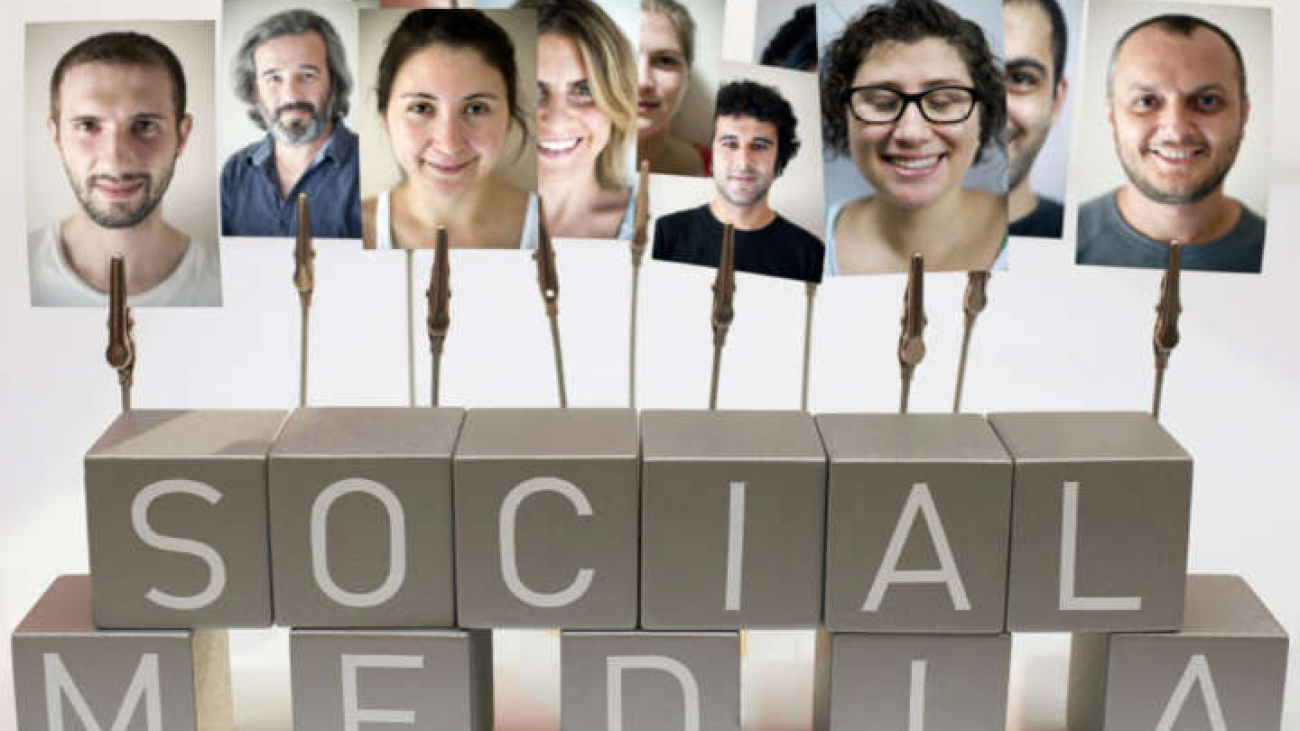Since the relatively recent shift into the age of digital communication, it seems that social media marketing should be second nature to most businesses today. However, according to the 2013 Yellow Social Media Report, only 30% of Australian small businesses use social media. This could potentially be due to the fact that they feel pressured to interact with a new, overwhelming media platform that they don’t fully understand because that’s what ‘everyone else is doing.’
In addition to this, a recent Forbes poll concluded that over one third of small business owners are unhappy with their social media usage in their marketing. These users fumble their way through the various platforms not knowing what each is for or how to properly utilise them. Today, we aim to give those business owners (possibly you) a simple and informative guide to the various social media outlets.
1) Facebook:
It is highly unlikely that a you wouldn’t have heard of this yet. But, just in case, it is the number one social media networking site in the world. There are currently 1.15 billion confirmed active Facebook users across the world.
How it should be used:
Facebook is a social site, so people are using it primarily to facilitate networks of personal relationships. This means that people use it for fun, they don’t use it to be bombarded with non-stop ads. You should add a personal touch to your Facebook use. Post funny photos that relate to your business, or create competitions based on interactivity with other Facebook users. Posting 30 updates a week about ‘deals’ will most likely cause people not to interact with your page and even to remove your posts from view. There is nothing wrong with occasionally posting things of this nature, but we cannot stress this enough – post things that are interesting!
2) LinkedIn:
LinkedIn is a business-focused networking site. It has often been referred to as “the Facebook for businesses.” It has over 238 million users worldwide.
How it should be used:
Because of the high proportion of business owners/employees on LinkedIn, your efforts should be directed towards contacting them. Initiating contact with people you would like to work with is the best plan of attack. Before you do this however, you must first create a free company page and take part in ‘Industry Groups.’ LinkedIn suggests that the most effective time to use it is before or after business hours for a minimum of 9 mins per day. Uploading business tips or new business ideas are great things to keep potential colleagues interested.
3) Twitter:
This one’s a biggie. With over 200 million active users worldwide, Twitter has made it’s name by allowing its users to send updates under 140 characters in length only.
How it should be used:
Twitter is all about trending. Twitter developed a concept known as “hastagging” that groups posts with the same hashtag no matter where they are posted. Inventing your own hashtag can encourage other users to start following your trend and repost. The ultimate goal of Twitter is to get other Twitter users to repost your message (also called your “Tweet”). As the saying goes, “tweeting is all about the retweet” You should aim for about 3 tweets per day between 11am-3pm. Keep the messages even shorter than 140 characters (about 100 characters). Twitter also has a feature that promotes your posts for a small fee. This is a good way to up the views on your updates.
4) Instagram:
Instagram is a site that allows its users to upload photos and videos for sharing amongst one another. It currently has over 130 million active users globally.
How it should be used:
Like Twitter, Instagram also has the “hashtag” feature available to its users. It is a great idea to find or create a hashtag that applies to your business. For example, if you owned a web designing business, you could post a photo of a nerdy guy trying to act sexy, along with the hashtag #webdesignisthenewsexy. Potentially, your trend could catch on and numerous other people could be using the hashtag on their own posts. Sharing beautiful, interesting or funny photos can develop a brand name and reputation that would otherwise be impossible without the visual element.
5) YouTube:
YouTube is the biggest video hosting site on the Internet. Everything is on YouTube. One thing that you may not have known is that YouTube generates an estimated 11.5 billion unique average video views in Australia per month. This is an enormous amount of traffic for just one video hosting site to gather. If you make it on Youtube, you’ve got it made.
How it should be used:
People come to YouTube for a variety of reasons. The majority come to be entertained, but people also go there to learn. If you can make videos that do both of these things, you’re set.
The first thing you should do is create a YouTube channel for your business. Then think of a series of videos that you can produce that relates to your brand/product. For example, if you sell spices, you can make recipe videos using your ingredients. If possible, try to keep your videos on the shorter side (under 3 minutes). Aim for about 3-5 minutes per month. Also, you can pay YouTube to target your videos to users that the most likely in your target audience.
So no matter which social mediums you decide to use, the first thing you need to do is have a strategic social media plan and follow through on it!



